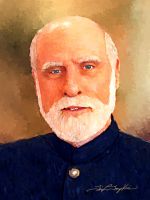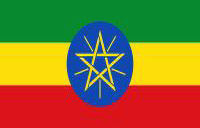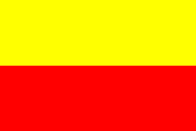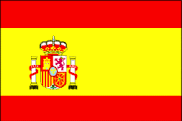
Vinton Cerf Ph.D.
National Medal of Technology and Innovation 1997
One of two Fathers of the Internet. TCP/IP protocols. Internet
Architecture. Chief Internet Evangelist, Google. Interplanetary Internet.
Living Legend.
"Brilliant, indescribably enthusiastic, humorous, happy, treats people
extremely well. It would be nice to go to work every day and work with
people like Vint Cerf." – R.V. Nagaveni, Founder, Ganga Library.
Health
Vinton Cerf commenced using a hearing aid when he was thirteen years of age. He uses hearing aids in both ears.
Cerf's wife, Sigrid Cerf, had spinal meningitis when she was three years old. Her hearing was impaired to a significant extent. She had a cochlear implant in the other ear in May, 2005.
Sigrid and Vinton Cerf met in the office of an audiologist.
Vinton Cerf ws on the board of Gallaudet University, a federally chartered private university for the education of the deaf and hard of hearing, Washington, D.C., for about six years.

Photo Courtesy Vinton Cerf. Painting Tim Tompkins - PaintHistory.com
Name: Vinton Gray Cerf
Birth: 23 June, 1943, New Haven, CT
Institution: Corporation for National Research Initiatives
Award: For creating and sustaining development of Internet Protocols and continuing to provide leadership in the emerging industry of Internet technology
Subject: Internet Technology
Biography
Books
CV, Extensive/Publications
Defining Moment/Regret
Family
Founder
Harassment
Health
History of Discovery - Brief History of the Internet
History of Discovery - History of the Internet Answers to Questions
Hobbies
Humor/Quotations
Images
Maverick/Youth
Patents
Personality
Thought Process
Videos
Education: B.S. in Mathematics, Stanford University; M.S. and Ph.D. in Computer Science, UCLA. Van Nuys High School, CA
Ph.D. Advisor: Gerald Estrin
Dissertation: Multiprocessors, Semaphores, and a Graph Model of Computation (1972)















